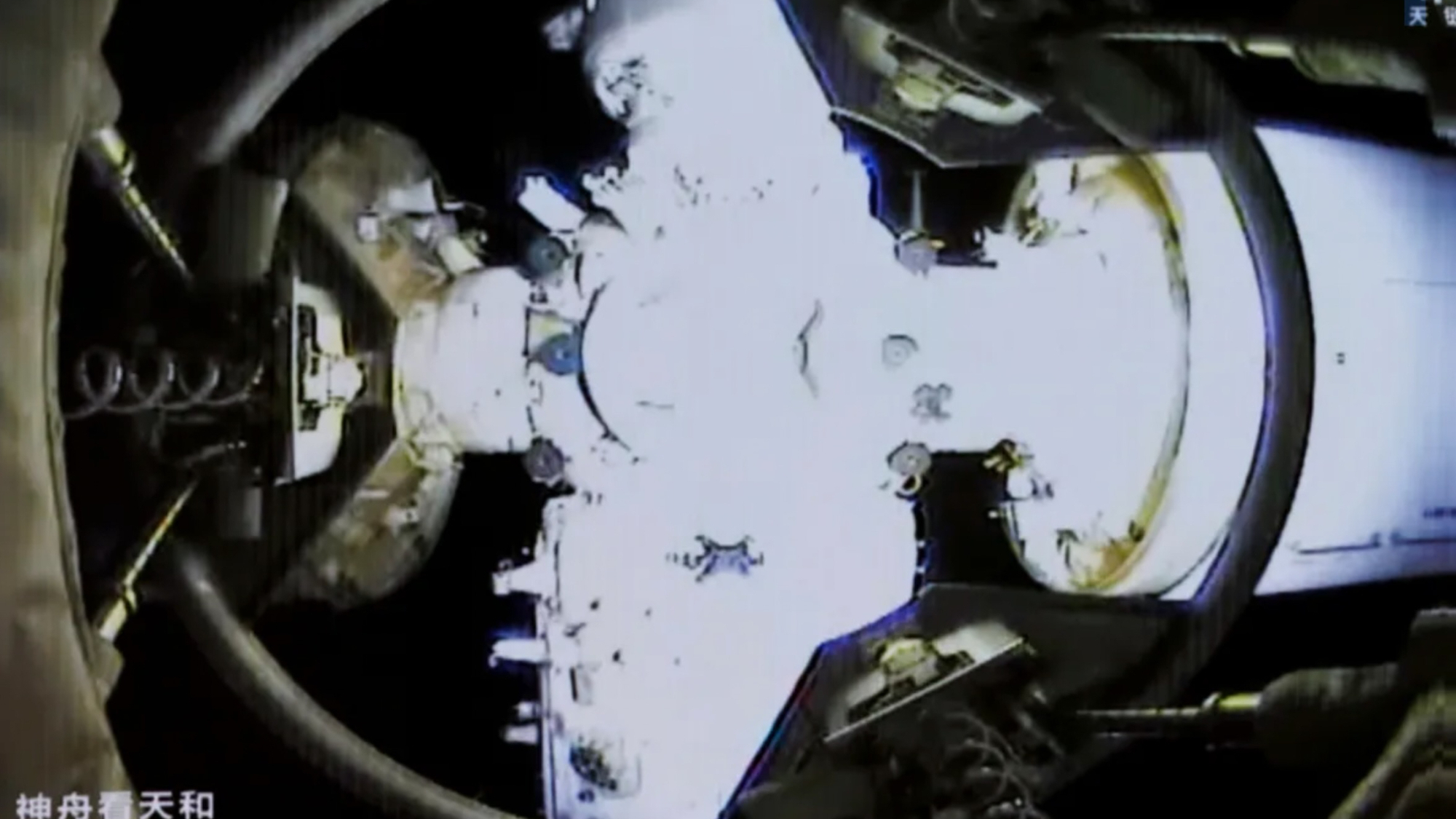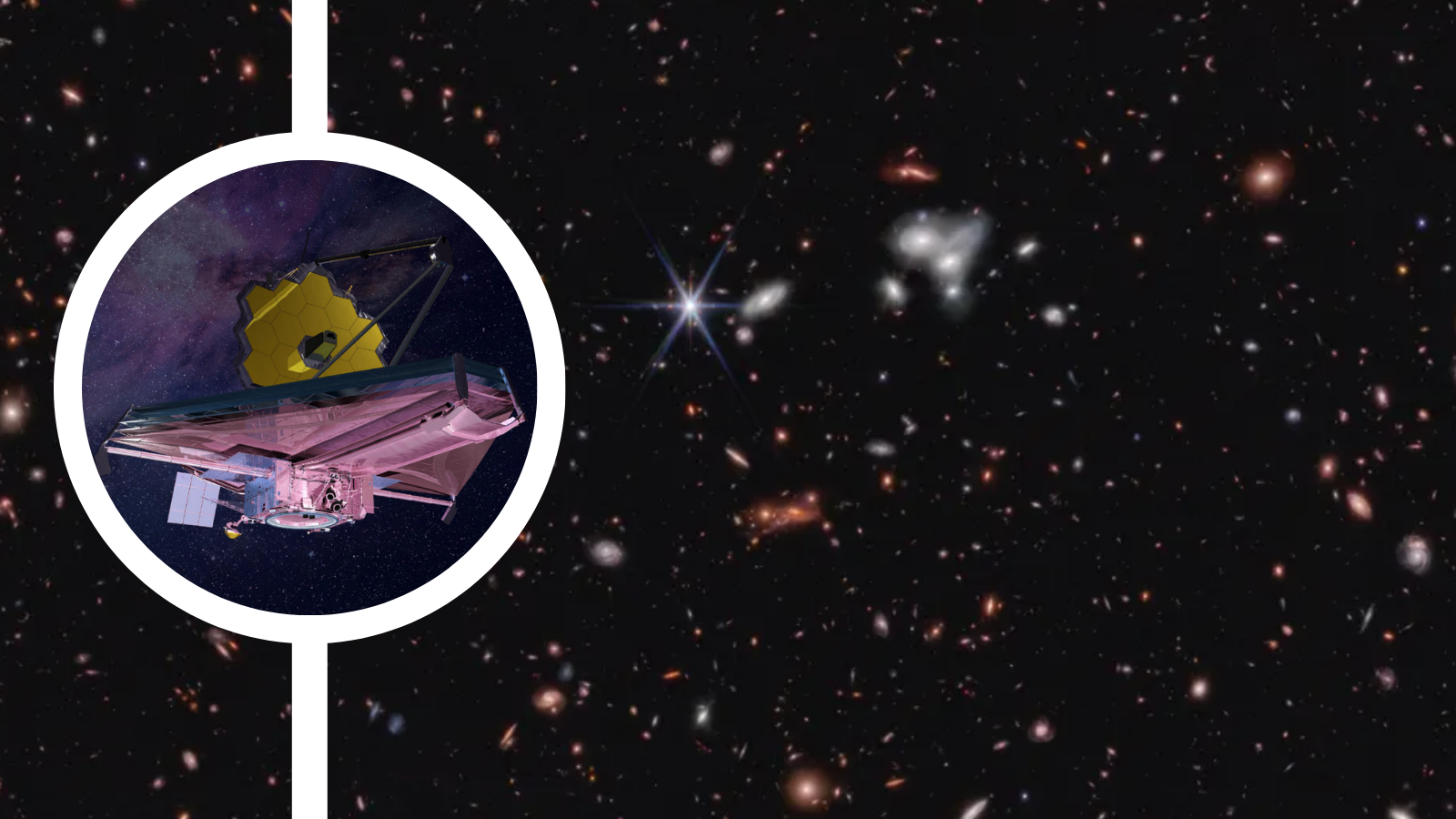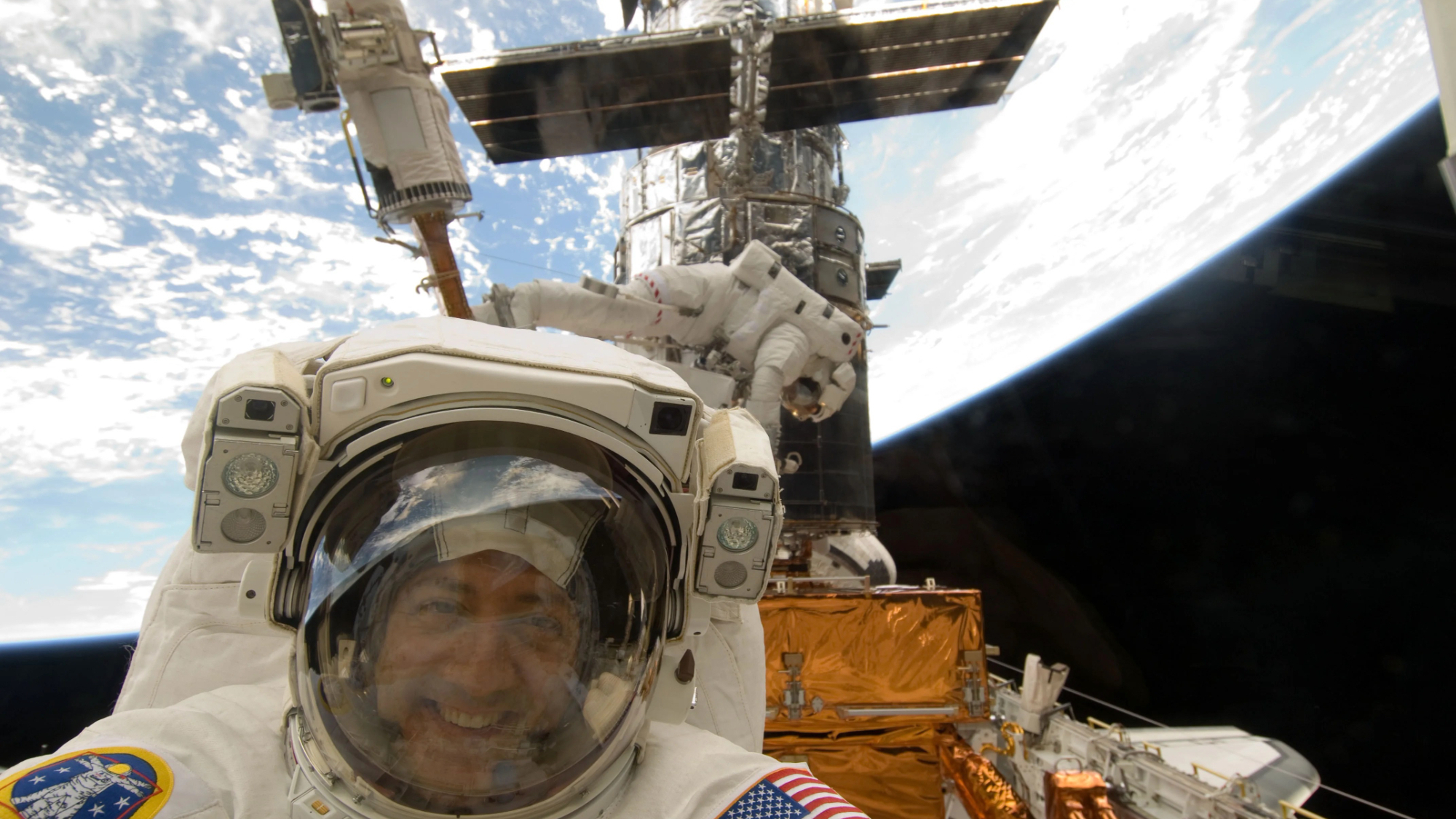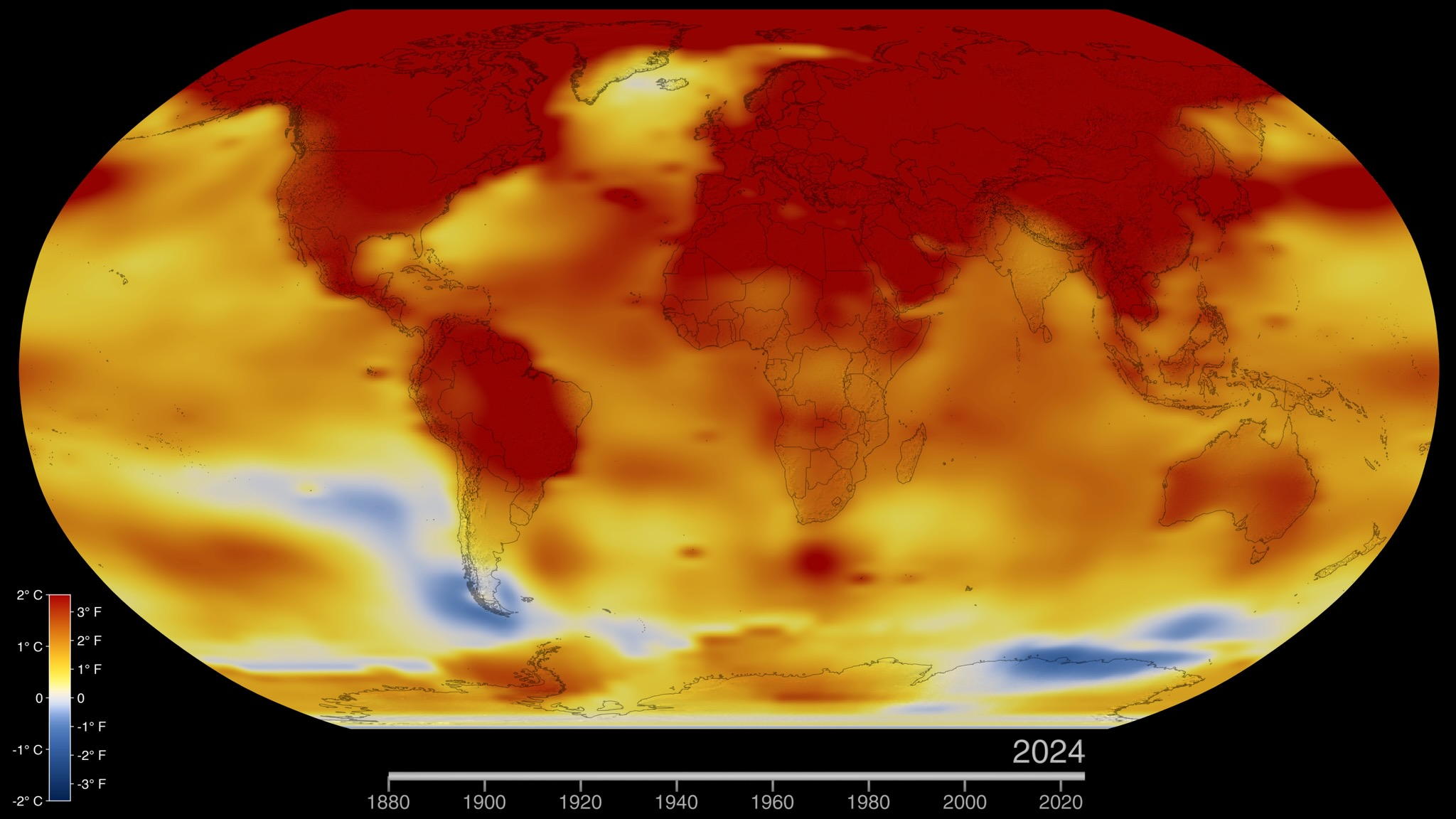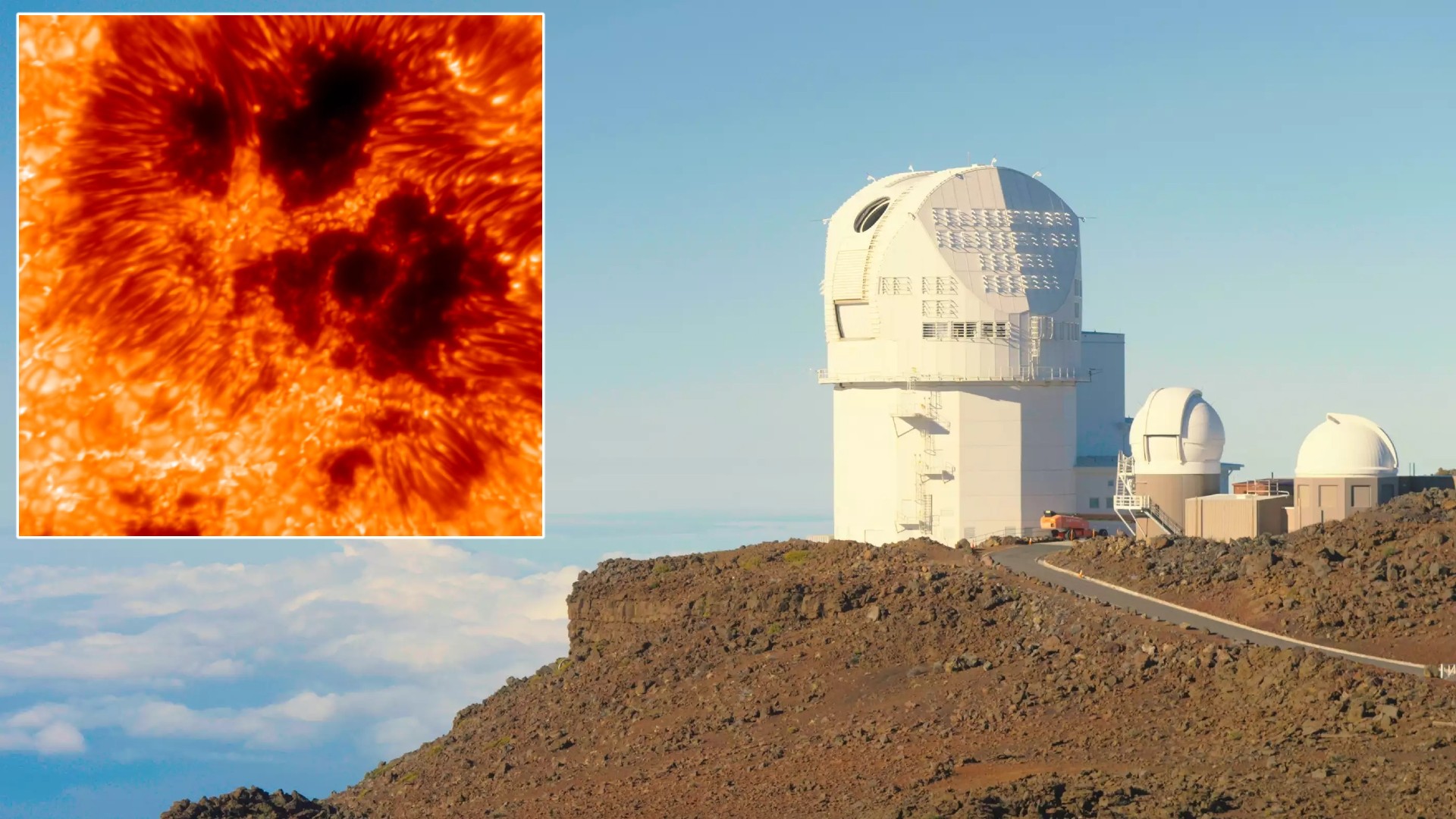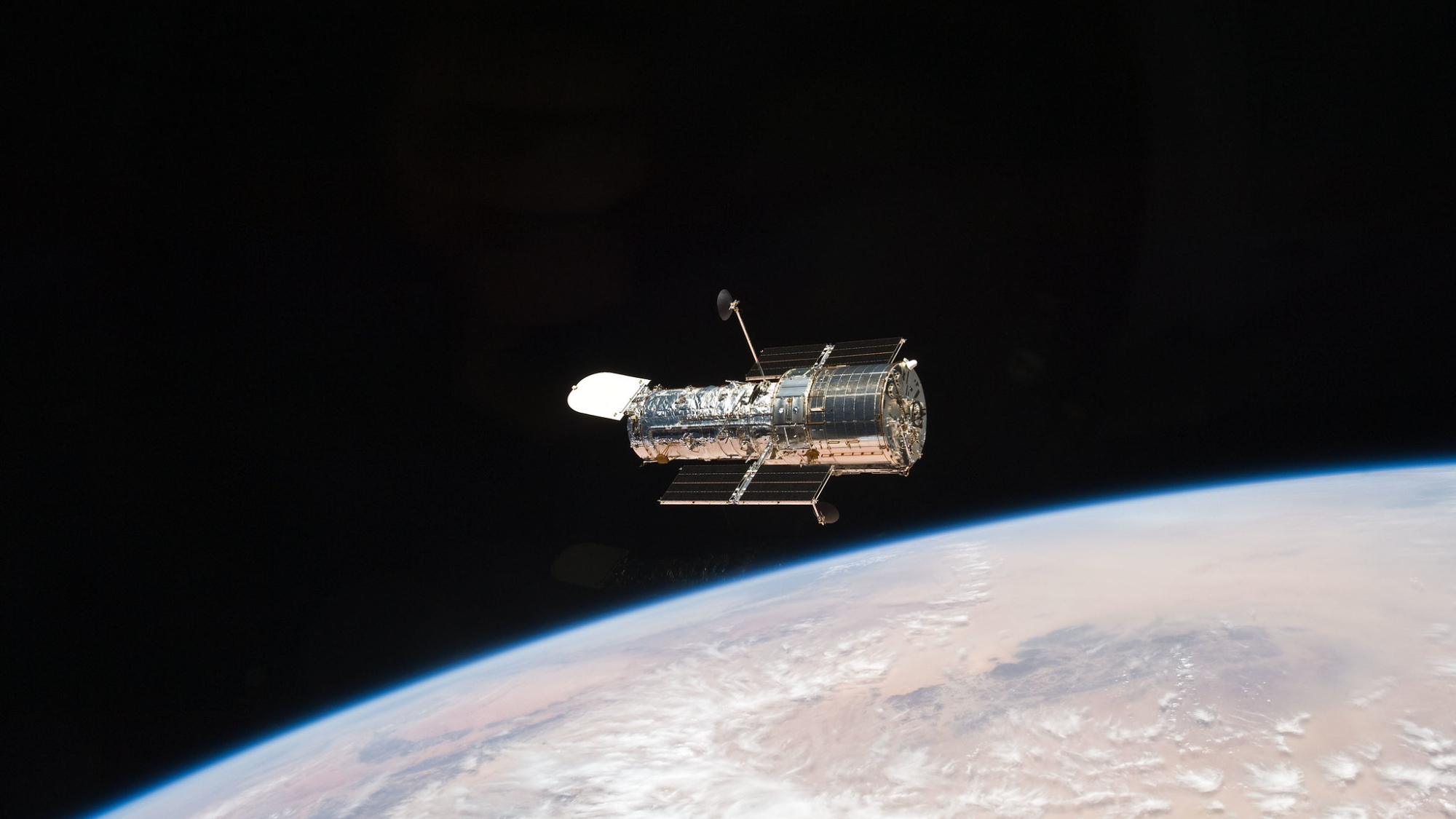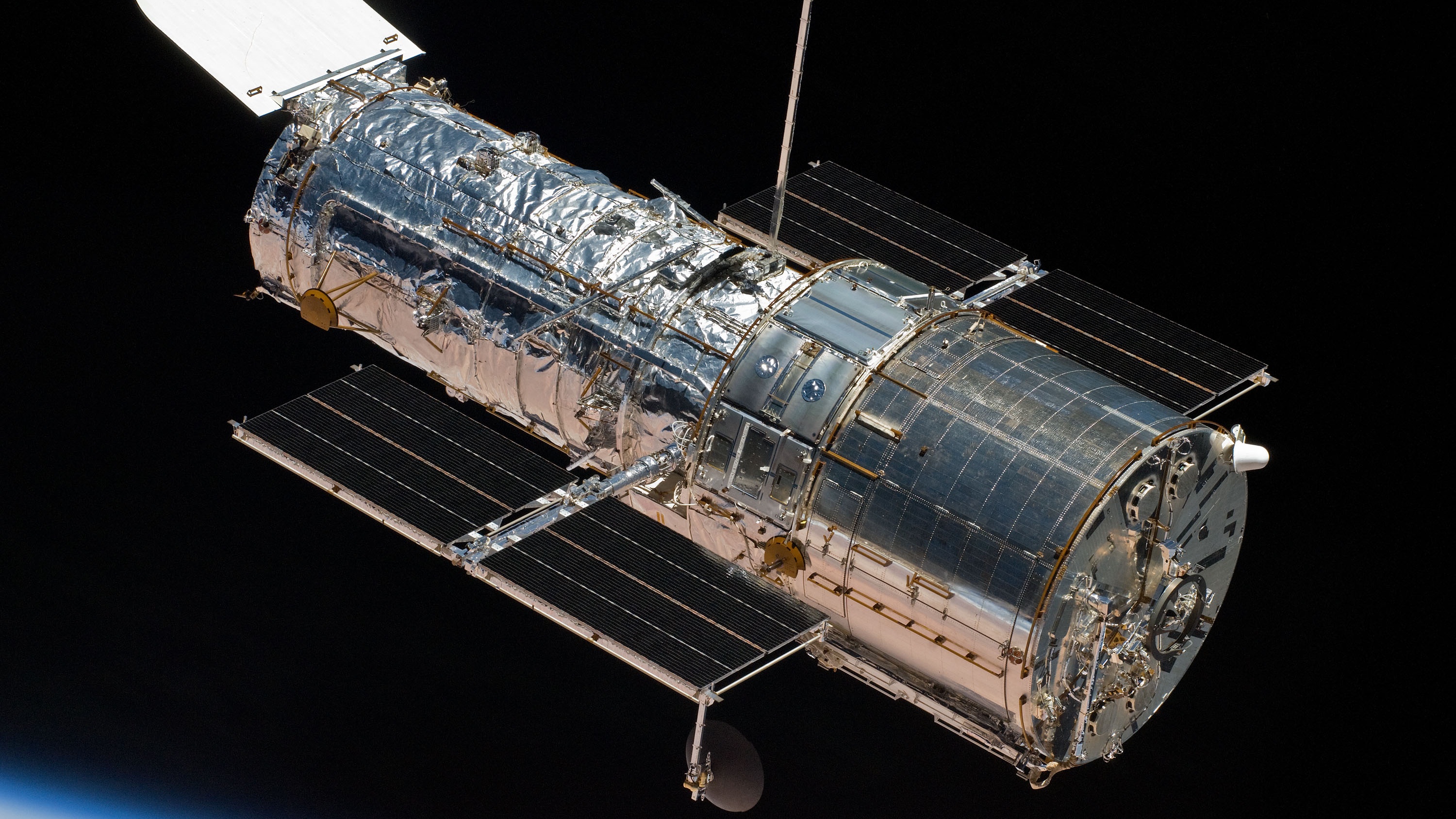Eclipse junkies will soon be bathing in the dark comfort of the moon's shadow on April 8, when the highly anticipated event event cuts a diagonal ribbon across Mexico, 15 U.S. states, and Canada.
Many observatories, educational institutions, museums, theme parks and sporting venues situated along the path of totality for the April 8 solar eclipse will be staging special viewing parties and informational events to coincide with the celestial spectacle.
But one of the most stunning vantage points in North America could be from the clear cockpits of a pair of NASA WB-57 jets streaking across the path of totality and thereby greatly extending the amount of time they spend in the moon's moving shadow.
Related: 6 reasons why the 2024 total solar eclipse could be the best eclipse for hundreds of years
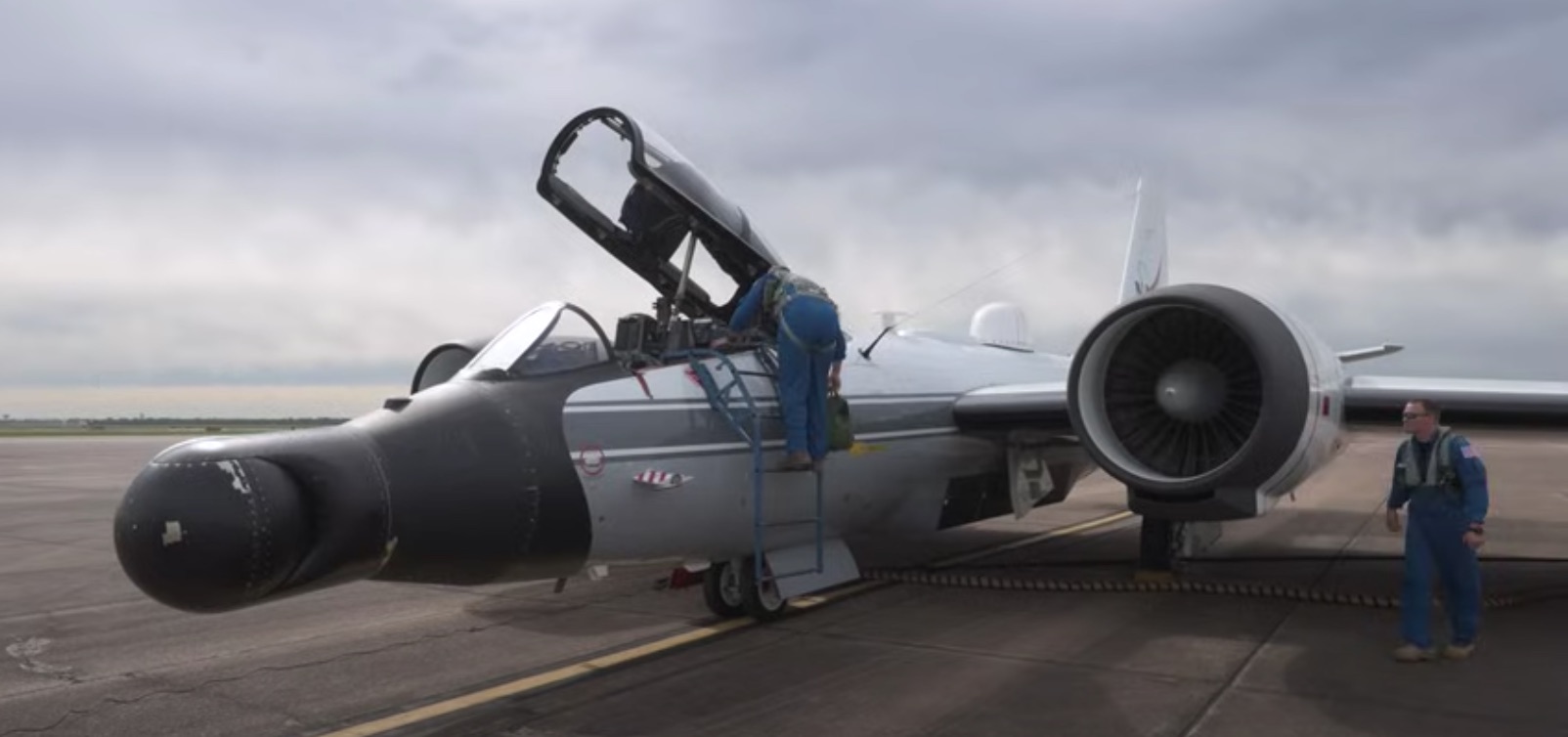
According to a NASA press release, a trio of NASA-funded teams have equipped these special airplanes with scientific instruments able to take more precise measurements of the eclipse.
A pair of research teams will image the sun's shimmering outer atmosphere, known as the corona, and a third test will record measurements of the ionosphere, the upper, electrically charged portion of Earth’s atmosphere.
This new info will improve scientists' knowledge of the structure and temperature of the corona, the impact of the sun on Earth's atmosphere, and potentially help locate stray asteroids circling near our star, NASA officials said.
Get the Space.com Newsletter
Breaking space news, the latest updates on rocket launches, skywatching events and more!
One of the benefits of using high-altitude WB-57s soaring at 50,000 feet (15,000 meters) is that they can climb above any cloud cover that would obscure the dramatic effects of the total eclipse. This lofty altitude also has the advantage of being above the main portion of Earth’s atmosphere, where cameras can take sharper images and capture wavelengths like infrared light. And, by zooming above Earth at roughly 460 mph (740 kph), the jets can stretch out their totality time by approximately 25%, which works out to be around 6 minutes and 22 seconds.
"By extending the duration of totality, we're increasing the duration of how much data we can acquire," said Shadia Habbal, a University of Hawaii researcher in charge of one of the WB-57 eclipse experiments. "This light is our best probe short of sticking a thermometer in the corona."
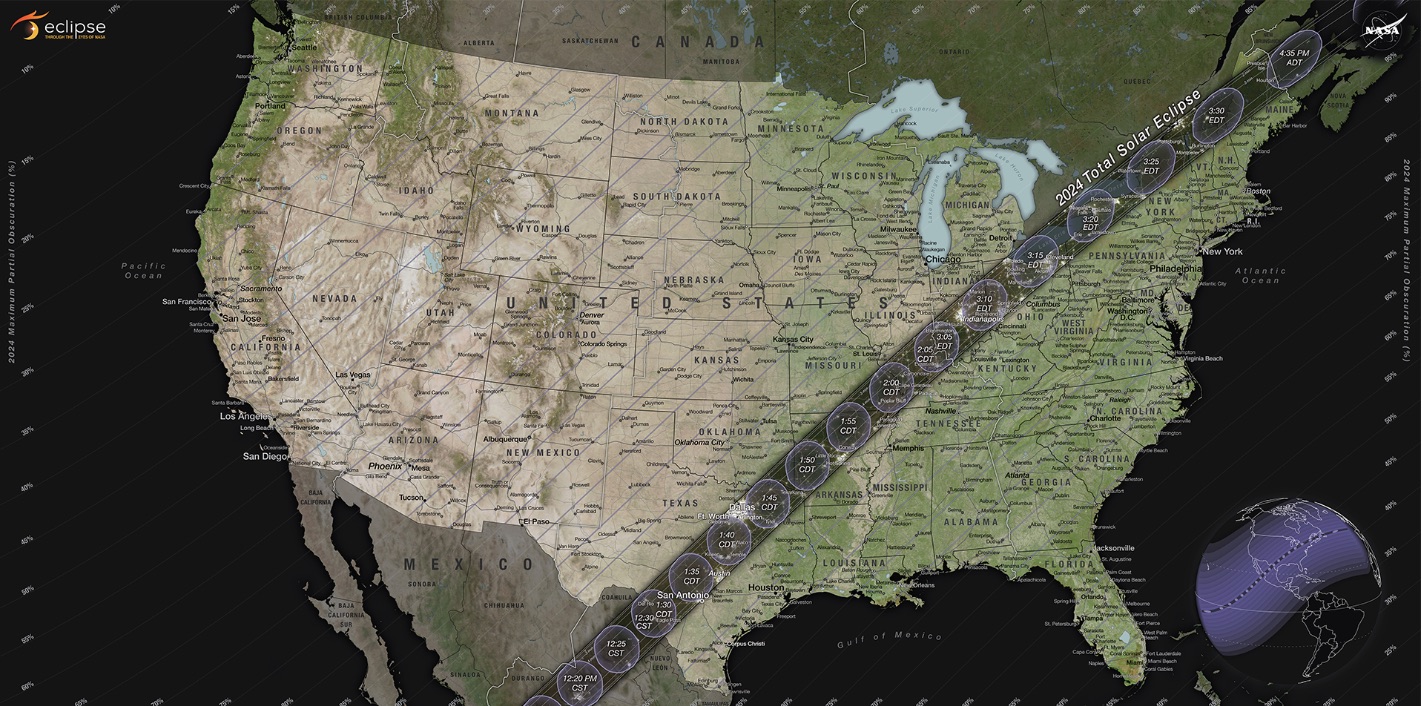
Habbal's team will record specific wavelengths of light using sensitive tools that measure the temperature and chemical composition of the corona and coronal mass ejections, which are vast outflows of solar material.
A second team headed up by Amir Caspi at the Southwest Research Institute in Boulder, Colorado, has already chased an eclipse via planes; he led a groundbreaking WB-57 experiment nearly seven years ago to investigate the sun's corona during the Great American Eclipse of 2017, marking the first time jets were employed for this purpose. Now an improved high-resolution, high-speed camera in the jet will obtain measurements in more wavelengths from infrared to visible light to reveal new data about structures in the middle and lower corona.
"There isn't a lot of data of the sun at some of the wavelengths we'll be studying," Caspi said. "We don't know what we'll find, so it's extra exciting to be making these measurements."
Submit your photos! If you capture a photo of the April 8 total solar eclipse and would like to share it with Space.com's readers, send photos, videos, comments, and your name, location and content usage permission release to spacephotos@space.com.
Join our Space Forums to keep talking space on the latest missions, night sky and more! And if you have a news tip, correction or comment, let us know at: community@space.com.

Jeff Spry is an award-winning screenwriter and veteran freelance journalist covering TV, movies, video games, books, and comics. His work has appeared at SYFY Wire, Inverse, Collider, Bleeding Cool and elsewhere. Jeff lives in beautiful Bend, Oregon amid the ponderosa pines, classic muscle cars, a crypt of collector horror comics, and two loyal English Setters.
-
550W(sky·忆) Reply
It should be to pursue a total solar eclipse that will not occur in the past 50 years.Admin said:NASA scientists will study the April 8 total solar eclipse using special jet airplanes.
Why NASA jets will chase the April 8 total solar eclipse (video) : Read more -
COLGeek Reply
Your statement makes no sense. Please clarify.550W said:It should be to pursue a total solar eclipse that will not occur in the past 50 years.
This eclipse has already occurred. -
550W(sky·忆) Reply
I mean no total solar eclipses for 50 years from todayCOLGeek said:Your statement makes no sense. Please clarify.
This eclipse has already occurred. -
COLGeek There will be multiple solar eclipses in the future. There are multiple sites available to show where/when they will occur.Reply
For example:
https://www.timeanddate.com/eclipse/list-total-solar.html
https://science.nasa.gov/eclipses/future-eclipses/
https://time.com/4897581/total-solar-eclipse-years-next/

